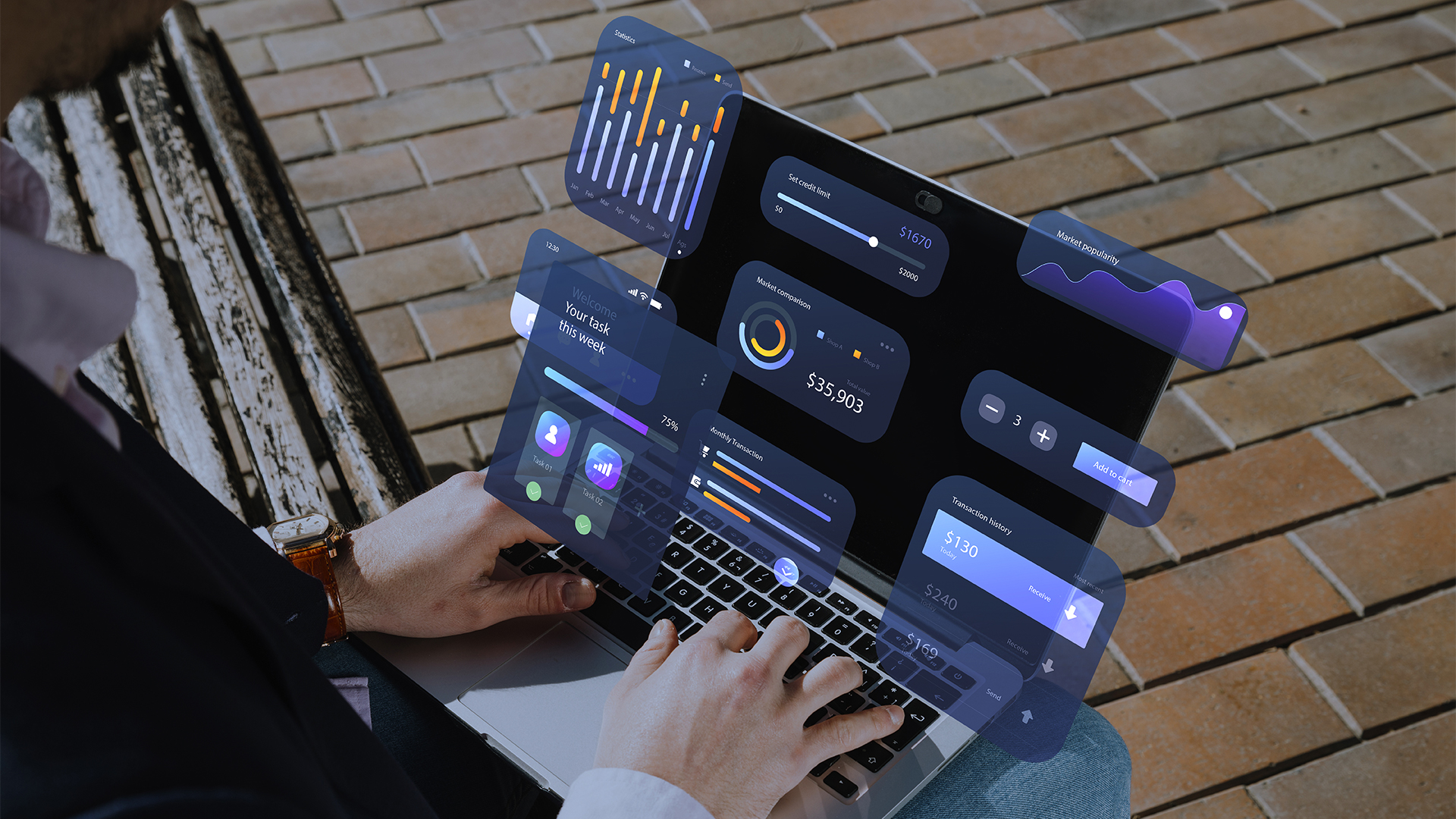MACH Architecture: Why Does My Company Need It?

MACH is a modern approach currently used in the design of digital systems, each letter representing a key principle of this architecture:
- Microservices: The MACH architecture seeks to divide an application into small independent services, known as microservices. Each microservice performs a specific function and can be developed, implemented and scaled independently.
- API as a priority: The MACH architecture promotes the creation of robust and well-designed APIs from the start. These APIs facilitate communication and interoperability between the various components of a system.
- Cloud-native: The MACH architecture is designed to take advantage of the features and benefits of cloud computing. This involves the ability to automatically scale, be highly available, and take advantage of cloud services to improve efficiency and flexibility.
- Headless: The “headless” part involves separating the user interface (frontend) from business logic and content management (backend). This allows for greater flexibility when developing user interfaces and makes it easier to deliver content across various channels and devices.
Adopting the MACH architecture can offer several benefits for companies, especially those looking to modernize their systems and adapt to a digital business environment. Here are a few reasons why a company might consider the MACH architecture:
- Flexibility and Agility: The MACH architecture focuses on modularity and independence of services, allowing companies to adapt and change more quickly. Microservices make it easy to implement changes to specific parts of an application without affecting the system as a whole.
- Scalability: By dividing an application into microservices, it's easier to scale only the parts that need to increase their capacity, rather than scaling the entire system. This makes it easier to manage load and scale growth.
- Parallel development: Development teams can work more independently and quickly on specific microservices, allowing the parallel development of different parts of an application.
- Integration of technologies: The MACH architecture encourages the adoption of modern technologies and the integration of external services through the use of APIs. This allows companies to take advantage of the latest technological innovations and easily connect with other systems.
- Customer Experience: The MACH architecture allows for faster implementation of personalized and specific user experiences, since services can be independent and flexible. It also makes it easier to create omnichannel experiences.
- Cloud Adoption: Being “Cloud-native”, the MACH architecture is designed to take advantage of cloud advantages, such as automatic scalability, availability and redundancy.
- Headless CMS: The “Headless” part of the MACH architecture involves the separation of the backend and the frontend. This allows companies to change or update the user interface without affecting logic and content management, facilitating the evolution of the user experience.
- Lower Coupling: The MACH architecture seeks to reduce the coupling between system components, which improves maintainability and makes it easier to update specific parts without affecting other areas.
By adopting the MACH architecture, companies can achieve greater agility, scalability, and ability to adapt to changes in the digital business environment, providing a solid foundation for innovation and continued growth.
By: Nayragui Correa
Contact us to discuss how our team
can boost your digital commerce.
Notas Relacionadas

We build trust with every line of code: our path to ISO 27001:2022 certification
15/8/2025
Business Development
The Product Owner as a Strategic Link Between Business and Technology in eCommerce
3/6/2025
Business Development
Checklist for launching an eCommerce store: Everything you need before you start
15/5/2025
Business Development
Assertive Communication Between Agile Teams: Fostering Collaboration and Success
10/10/2024
Business Development
Introduction to Microfrontends: Decomposing the Complexity of Web Applications
17/7/2024
Business Development
Optimizing SUCCESS: The Importance of Performance Monitoring and Analysis in eCommerce Platforms
17/4/2024
Business Development
How to Create a Successful Business Case for the Migration of Your E-Commerce Platform
11/3/2024
Business Development
Agile Methodology: An Approach That Reduces the “Pain” of an Implementation
7/2/2024
Business DevelopmentContact us to discuss how our team
can boost your digital commerce.




















